Me I Love Kenya
I was recently challenged to think of all the things - little and large - that I love about Kenya. This is what I came up with!
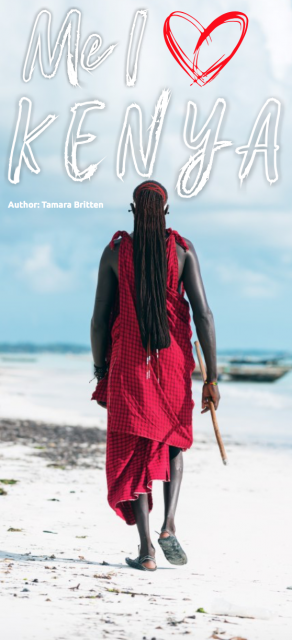
Mt Kenya
Mt Kenya towers over central Kenya, its three craggy peaks jutting into the sky. Gazing up at the summit, it’s easy to understand why the Kikuyu believed it to be God’s throne, seat of the God Ngai. Jomo Kenyatta, Kenya’s first president, called his book about the Kikuyu Facing Mount Kenya and the mountain’s name, Kirinyaga, gave the country its name. The mountain stands at just over 5,100m, making it the second highest peak in Africa; it was designated a UNESCO Biosphere Reserve in 1978 and a UNESCO World Heritage Site in 1997.
Safari
Kenya’s most famous activity, safari is loved by Kenyans and visitors alike. The number of wild animals in Kenya is amongst the highest in Africa and the joy of seeing them in their natural habitat never abates. The ‘big five’ – lion, leopard, elephant, buffalo and rhino – are found here in abundance, while huge herds of plains game can be seen on the grasslands. Bird species in Kenya number 1,105, putting the nation in the top 15 birding countries of the world. With savannah and moorlands, swamps and lakes, mountains and valleys, Kenya has an extraordinary range of habitats that provide homes for its extraordinary range of species.
Athletes
Kenya’s marathon winning athletes are famed the world over – and no wonder! The statistics speak for themselves. Eliud Kipchoge has won 11 of the 12 marathons he’s competed in – his only loss being to another Kenyan, Wilson Kipsang, in the Berlin marathon of 2013. Husband and wife team Paul Lonyangata and Purity Rionoripo are often seen on podiums around the world. And at the London marathon, one of the most prestigious events in the Athletics calendar, the list of winners – both male and female – is a string of Kenyan names.
Matatus
Matatus are the most used and useful form of transport all over Kenya. These jam-packed minibuses career all over Nairobi, and from town to town around the country. Their sides are decorated with slogans and sayings, pictures and portraits, cartoons and colours. While these privately-owned minivans are often slated for their death-defying driving, matatus also provide record of current attitudes in Kenya – their vibrant designs making political statements and venerating current entertainment megastars. Many are pimped up with music and wifi, and ply the Kenyan roads with vigour and vivacity.
Lamu
The oldest continuously inhabited port on the coast of East Africa, Lamu was designated a UNESCO World Heritage Site in 2001. This idyllic island boasts a long and eventful history whose stories echo through the years, especially in Lamu Old Town, the Takwa Ruins, Siyu and Faza. With no cars on the island, visitors can wander the ancient alleys unimpeded; transport is by dhow or donkey. Popular pastimes here are sunset dhow cruises, water sports and strolls along the swathes of white sand beaches.
Rugby 7s
Kenyans sure can run! And in a sport where deftness of foot is a prerequisite it’s no surprise they’re at the forefront. The sevens team is known as Shujaa – a Swahili word meaning courage, confidence, bravery and heroism; it’s one of the 15 core teams of the World Series and competes in the World Rugby Sevens Series, the Rugby World Cup Sevens and the Commonwealth Games. Its many wins have led the team to be awarded men’s Team of the Year six times at the Kenyan Sports Personality of the Year Awards, while Collins Injera and Humphrey Kayange have both been nominated for World Rugby Sevens Player of the Year.
Migration
Pictures of wildebeest plunging into the Mara River and being crunched by crocs are some of the nation’s most dramatic pictures. What’s known as the Great Migration is in fact a constant flow of animals around the Serengeti Mara ecosystem. Around 1.5 million wildebeests, together with about 350,000 Thomson’s gazelles, 200,000 zebras and 12,000 elands, pass through the territories of hungry predators who lick their lips, pounce from the shadows and devour their catch. While every year is a little different, the animals usually enter Kenya in June, coursing north through July and August then flowing south towards Tanzania in September and October.
Mpesa
Kenya’s mobile money system was ground-breaking and technologically ambitious when it was launched in 2007. The app allows Kenyans to keep money on their phones, and to pay bills directly from phone to phone. Devised by the Kenyan mobile network operator Safaricom, mpesa is now used more than cash; locals use it to pay everything from bar bills to gas bills, from rent to taxis, and from school fees to staff salaries. Kenyans send money to relatives in the shags, they receive money from friends down the road, they bet on football and marathons and more.
Writers
Kenya’s most famous writer is undoubtedly the multiple award winning Ngugi wa Thiong’o. The eminent author is recognised for a significant number of books written over several decades from his early novels set during the turbulent times of the Mau Mau such as Weep Not, Child and The River Between to his latest classic Wizard of the Crow, and including non-fiction works such as Decolonising the Mind. The next generation of writers, too, are proving that Kenyans have what it takes in the world of literature. Look out for books by Yvonne Odhiambo Owuor, Muthoni Garland, Binyavanga Wainaina, Peter Kimani and Meja Mwangi amongst others.
Eco-friendly
Kenya made history in 2017 when it banned plastic bags. This tough ban with instant penalties shocked the world, establishing Kenya’s place in the fight against climate change and effectively changing the face of the country overnight. It should perhaps come as no surprise that Nobel Peace Prize winner and founder of the Green Belt Movement Wangari Maathai was Kenyan. Remembered for her battle against urbanisation and her defence of forests, especially Nairobi’s Karura Forest, her most famous quote was: ‘It’s the little things citizens do. That’s what will make the difference. My little thing is planting trees.’
Kenyanisms
Most Kenyans speak three languages: English, Swahili and their tribal language. Perhaps because of this linguistic confidence, they love a bit of word-play. Mixing up languages within sentences, they throw words together in an original and striking way. The young have created a language known as Sheng: a combination of English, Swahili, Kikuyu and a sprinkling of other languages; there’s even a radio station in Nairobi produced exclusively in Sheng. Some of the most well-known Kenyanisms include the oft used ‘Me I’, ‘Journey mercies’ and ‘Shock on you!’
Beaches
Kenya’s coast has to be seen to be believed. Filled with beaches, bays and brilliant seas, the coast is beloved of Kenyans and visitors alike. Mombasa, Kenya’s second largest town, lies on an island at the centre of the coast, its eventful history alive in its bustling old town and Fort Jesus. Perhaps Kenya’s most famous coastal destination, Diani Beach has won multiple awards for its long white beach and vibrant party scene. Malindi, once a port frequented by ships from around the world, was a key destination in the time of the trade routes. Watamu is an exquisite bay, while Kilifi and Mtwapa line the banks of striking creeks. Msambweni and Shimoni, on the Tanzania border, are more remote and less visited, ideal for those who want to get away from it all.
Conservation
Kenya was ahead of the game when, in the 1970s, the country banned hunting. While many might have thought that the end of hunting safaris would cause a significant drop in tourism, Kenya proved that people like to shoot with a camera not a gun. Continuing this theme, Kenya has gone on to lead the way in the creation of conservancies, hugely increasing the amount of land dedicated to wildlife and contributing to the wellbeing of local communities. The country also has a plethora of conservation organisations dedicated to almost every species of animal and bird, including the Sheldrick Wildlife Trust, Mara Predators, the Kenya Birds of Prey Trust, Save the Elephant and the Northern Rangelands Trust.
Tamara Britten, 15 July 2019
Published also in: Coastal Guide
About the region
Central Highlands
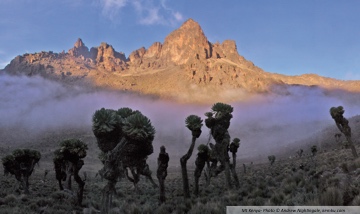
Mt Kenya rises spectacularly in the centre of the highlands, its icy peaks glinting white. Mountain ranges, bustling towns, fertile farms and rushing waterfalls garnish its shoulders. Highlights include the Aberdare Range, Meru National Park, Ol Pejeta Conservancy, Thomson’s Falls, Mwea National Reserve and Ol Donyo Sabuk National Park.
Read more about Central HighlandsLamu
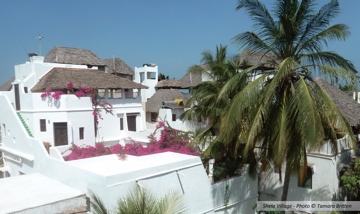
Made up of a collection of idyllic islands at the northern end of Kenya’s coastline, the Lamu Archipelago is living history. The Old Town’s narrow alleys, Arabic architecture, fort and mosques speak of age old culture, while the surrounding beaches and reefs sparkle in today’s sunshine.
Read more about LamuMaasai Mara
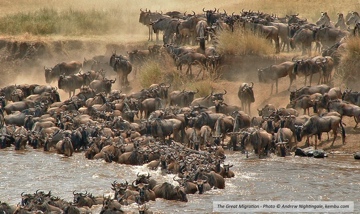
Famous around the world for its exceptional, abundant wildlife, the Maasai Mara National Reserve has become known as the Seventh Wonder of the World. Not only are all the members of safari’s Big Five found here, but over 100 other mammal species and over 450 bird species live within the reserve.
Read more about Maasai MaraNairobi
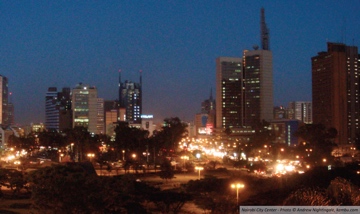
Nairobi is a thriving, cosmopolitan hub of government offices, embassies, businesses, banks, churches, mosques, temples, shops, restaurants and markets. Attractions include the National Museum, Railway Museum, National Archives, Karen Blixen Museum and Bomas of Kenya. Nairobi is the world’s only capital city to boast a national park within its boundaries.
Read more about NairobiSouth Coast
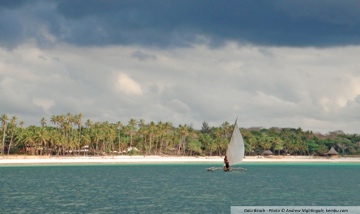
The South Coast is known for its long attractive beaches, vibrant night life, marine national parks, coastal national parks and remote islands. Highlights include Diani Beach, Kisite Mpunguti Marine Park, Shimoni Caves, Shimba Hills and Mwaluganje Elephant Sanctuary.
Read more about South CoastNorth Coast
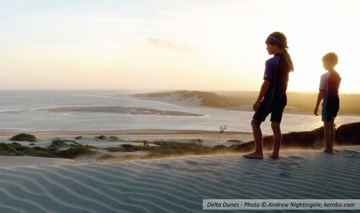
Stretching from Nyali to Malindi, the North Coast is known for its long white beaches, its trading history and its Swahili ruins. Highlights include Tana River Delta, Malindi Marine National Park, Watamu Marine National Park, Arabuko Sokoke Forest, Mida Creek and Gede Ruins.
Read more about North Coast